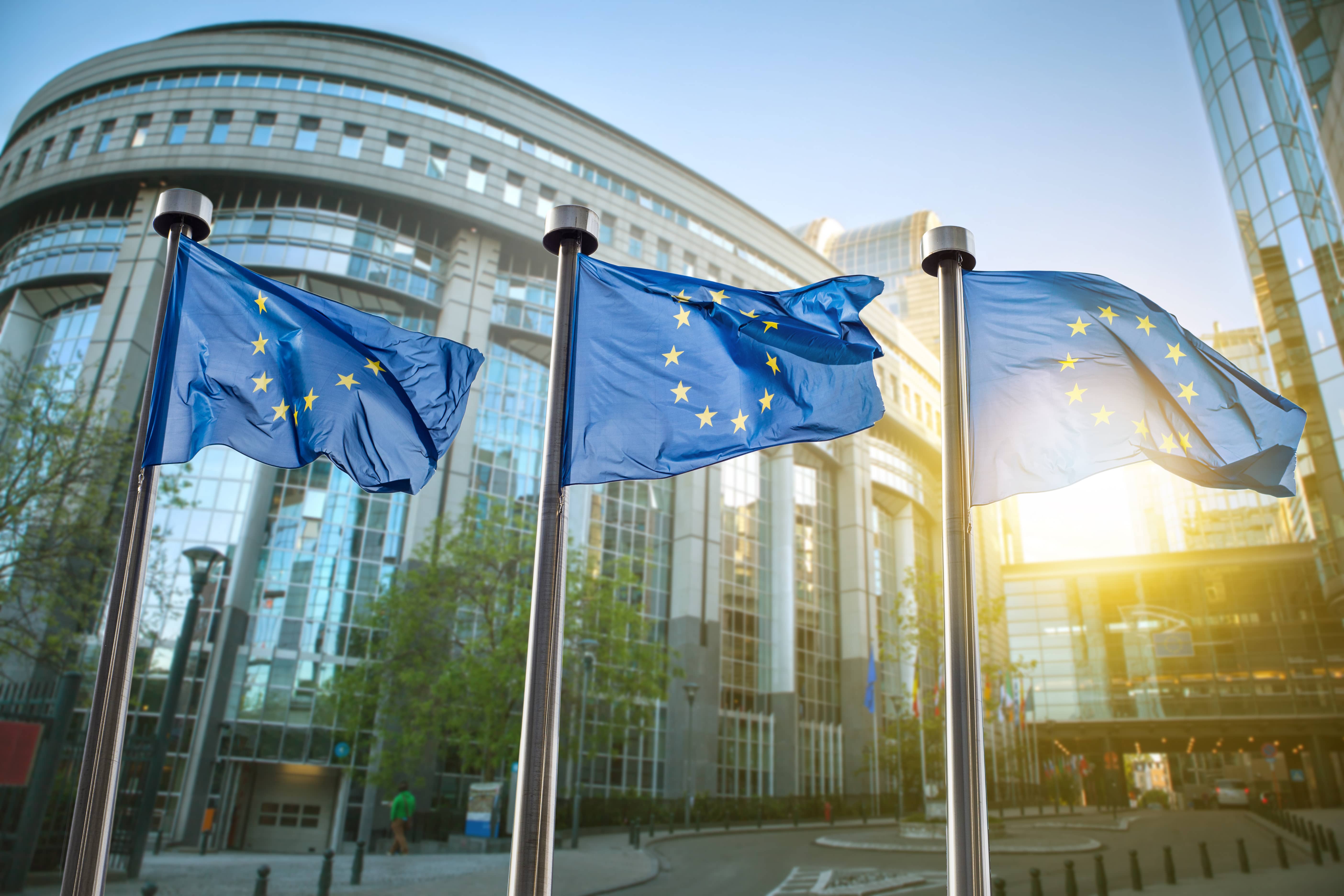Early signs show funds classified as Article 9 under the Sustainable Finance Disclosure Regulation (SFDR) are seeing stronger demand than less ESG-orientated strategies, however, with many funds not meeting the ESG criteria they promote, is the regulation simply encouraging widespread greenwashing?
Effective March 2021, SFDR requires funds to disclose sustainability risks within the investment process as part of the European Union’s push to align assets with the Paris Climate Agreement.
As part of the wide-ranging directive, asset managers must select whether funds – including ETFs – are Article 6 (non-ESG),‘light green’ Article 8(promotes sustainable characteristics) or ‘dark green’ Article 9 (looks to reduce carbon emissions).
As asset owners such as pension funds look to align with tightening ESG regulations, demand for Article 9 funds has outstripped strategies classified as Article 6 or 8 despite the current market environment not favouring ESG outperformance.
According to data from Morningstar, Article 9 funds saw €5.9bn inflows in Q2 versus €30.3bn outflows for Article 8 strategies and a combined €40.7bn net redemptions in May and June alone for Article 6 products.
This shows the ‘greener’ the article a fund is labelled under SFDR, the more likely the strategy is to attract assets.
While this would seem obvious given the huge demand for ESG that exists across Europe, there is a risk asset managers use SFDR as a marketing tool to attract greater assets.
In an ongoing migration process, Morningstar’s ESG analyst Boya Wang revealed to Bloombergas many as 23% of funds labelled Article 8 do not meet its criteria as ESG funds.
“Many Article 8 funds will not be tagged as sustainable funds under our framework,” Wang added.
Currently, asset managers – including ETF issuers – are scrambling to ensure their ranges have as many Article 8 or 9 funds as possible through changes in investment strategy or tracking new indices.
In Q2 alone, some 696 funds upgraded their SFDR status and just 16 were downgraded from Article 9 to Article 8, according to Morningstar, while there were no funds that reclassified to Article 6.
The direction of travel is clear. Asset managers recognise how useful SFDR is for investors to justify their ESG allocation to clients. According to a recent investor survey by Brown Brothers Harriman, some 28% of European respondents rely on SFDR article classifications when selecting ESG ETFs.
Attention now turns to ‘level 2’ implementation of SFDR which comes into effect in January 2023 and requires asset managers to report on 18 mandatory principle adverse impacts statements (PAIS).
This could lead to an increased number of downgrades as asset managers struggle to justify the ESG credentials of Article 8 funds, in particular. However, with many of the required points for 'level 2' unable to be submitted due to a lack of data, it could lead to further confusion for investors and increase the opportunity for greenwashing.
Related articles




